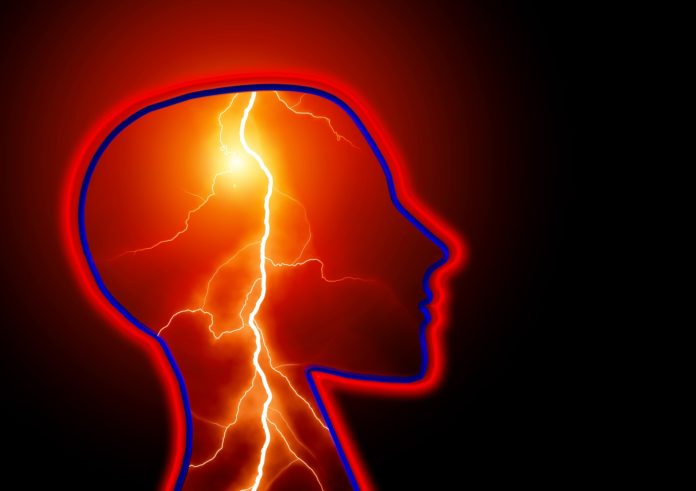Study finds people living in high crime Chicago neighbourhoods have far more seizures
People with epilepsy living in high crime neighborhoods in Chicago have three times as many seizures as those living in neighborhoods with lower crime rates. According to new research from the University of Illinois at Chicago presented at the American Epilepsy Society 2018 conference in New Orleans, violence or crime can be a potential trigger for a seizure.
Epilepsy is a chronic neurological disorder characterized by abnormal brain activity and seizures that affect more than 65 million people worldwide. About one-third have difficulty controlling their seizures even with medication. Seizures can interfere with work, relationships, and the ability to live independently. Previous research has shown that living in neighborhoods with high rates of crime have significantly higher levels of the stress hormone, cortisol. Stress is also a factor that is commonly reported to trigger seizures in people with epilepsy.
The UIC study included 63 adults with epilepsy living within the city limits of Chicago who were participating in a larger study testing the efficacy of a tablet-based educational tool that provides tailored information about epilepsy. That study, called PAUSE, involves patients at the University of Illinois Hospital’s epilepsy clinic and in the Chicagoland community and is facilitated by the Epilepsy Foundation of Greater Chicago.
“Understanding the impact of violence and crime as potential triggers for seizures underscores the need for further research that might allow clinicians to make better-informed recommendations for self-management education and stress management skills”
The researchers determined the levels of crime in neighborhoods of the 63 participants by mapping their zip codes to specific neighborhoods and then cross-referencing those neighborhoods with local crime rates available through the City of Chicago Police data portal. Participants self-reported the number of seizures they had in the past month and in the past three months.
“We found that people living with epilepsy who live in high-crime neighborhoods experienced significantly more seizures,” said Jessica Levy, a research coordinator in the UIC department of neurology and rehabilitation who presented the findings. “On average, people in high-crime neighborhoods had three seizures versus one for people living in low-crime neighborhoods when we looked back over the last 30 days. Over the course of 90 days, people in high-crime neighborhoods had seven seizures on average compared to three for those living in low-crime neighborhoods, so the link between crime and seizure activity is significant.”
The researchers found no overall association between neighborhood crime status and the duration of epilepsy or between crime status and poverty.
Having more seizures can significantly lower quality of life. Seizures that result in falls can cause bruising or even broken bones. There can also be a stigma associated with having a seizure in public.
“Understanding the impact of violence and crime as potential triggers for seizures underscores the need for further research that might allow clinicians to make better-informed recommendations for self-management education and stress management skills,” said Dr. Dilip Pandey, associate professor of neurology and rehabilitation at UIC and an investigator on the study.


